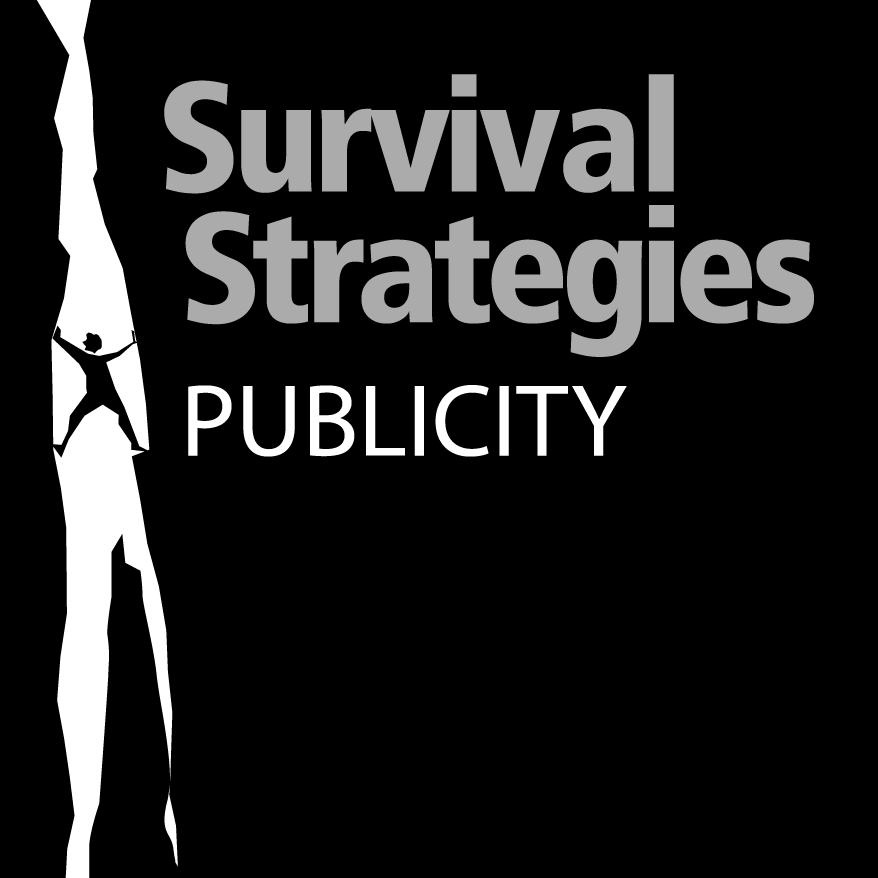Your business can prosper with the proper use of publicity. If you read the prior parts, you should have realized that publicity is the presentation of facts to specific audiences with the intention of generating “news.” There are many “tools of the trade” you can use for these efforts, including the FAQ previously discussed. This part of the Publicity series presents you with other tools. Carefully read them and then begin to incorporate them into your daily practice.
A. The Press Release
This is a story that relates the who, what, when, where, and why to different media like newspapers or magazines. The press release is comprised of the following parts:
- Contact – include your name and phone number.
- Summary Headline – write a compelling headline that draws interest while presenting the facts.
- Copy – this is the body of your release, with all the details of the story.
- Closing Information – a standard “closing” on all releases.
Some other things to keep in mind include:
- Is it news?
- What are the benefits?
- Does it reveal trends?
- Is the opening compelling?
- Do you use any jargon?
- Is it easy to read?
- Have you checked your facts?
B. The Press Kit
This is usually a collection of releases, perhaps images of your work, etc. You generally use this for a major “event,” and the contents are in a folder or online portal. Contents can include more than one release, photos, perhaps a library of images, your biographical information.
C. The Photo Caption
This tool is usually a one page vehicle that has a photo with a caption explaining the photo. Many magazines and newspapers use this as “fillers,” and often, if prepared correctly, your projects get “showcased.” Photo captions usually have a short sentence or two that describes a photograph. Photo are often purposely underdeveloped and are examples of using the visual to the full potential (the photo is worth a thousand words). Include AP Style in writing yours (Who, What, Where, When, Why, How). They are also easily repurposed for your own social media communications.
D. FAQ
FAQs are a series of questions and answers that serve as a basis for your company. Keep your copy simple yet informative. Don’t use a lot of questions and answers – “just the facts.” Most important, make sure people know how to contact you to get more answers to their questions!
E. Video Release
This is a “visual” press release, where your project or communication is documented with video. While it can be expensive (depending on the videographer you use), they make for excellent website content, social media communication (depending on length) or giveaways on DVDs to your customers, as well as useful content for local television stations. This vehicle is very good for trends (i.e., water conservation).
F. Media Tour
This is a way to bring your story to “them.” You literally take the show on the road or personalized virtual meetings. The tour is comprised of presenting your “concept,” perhaps partnering with a manufacturer, and uses both print and broadcast content. Set up your appointments in advance and include in your solicitation for the appointment a complete “press kit” and what you want to meet with the editors about.
Call to firm up the appointments. Use the “event planning” techniques by online platforms and meeting planners to assure the success of your tour.
G. Press Conferences
This tool is really an event, selected to bring the media to you to hear an important announcement. It should be used sparingly, and demonstrate something of major significance. For example, if you participated in other designers and contractors to “rehab” a section of the city, it might warrant a press conference when the project is complete. Most of the time, media will avoid a conference, if they can get the news another way. Get the mayor of your city to speak at your conference, however, this would change the rules!
Remember to define the issue of your conference, and schedule a date and time with the press. Pick the site that relates to your issue and train the people who will help you execute the conference. When you contact the media, send the information they need to understand WHY they should attend. And have your press kits ready!!
H. School Promotions
Education is an important part of any community. Tapping into education is one of the ways you can extend your “reach.” Typical activities include preparing study guides about your profession, helping with the design of a classroom project, or even volunteering. Use the other ideas in this list to publicize your involvement.
I. Endorsements
In today’s issue-oriented economy, getting a recommendation from a group or important individual is a terrific way to differentiate you. If you add “endorsed by” or “recommended by” to your credentials, you add credibility and importance to your image.
Ask your manufacturers in your specifications if they can do something special for you. For example, manufacturers will often do “case histories” of your work that uses their products, and then publish them in national magazines and their corresponding websites.
